More than a hobby: Birdwatching retirees, seniors contribute to Project FeederWatch data
After suffering a stroke in 2006, Lauren Young was in a coma for five weeks. The year before, Hurricane Rita had struck the coast of southwest Louisiana, where Young lives, wiping out many of the trees and shrubs in her once-lush yard. The storm delayed her husband's spinal fusion surgery, too.
During this series of hardships, birdwatching was a constant source of joy. Even though only a few small trees remained, the birds didn't stop visiting.
“It’s certainly a huge part of our lives,” Sherman Young said. “We don’t have any children. So, our children are the birds.”
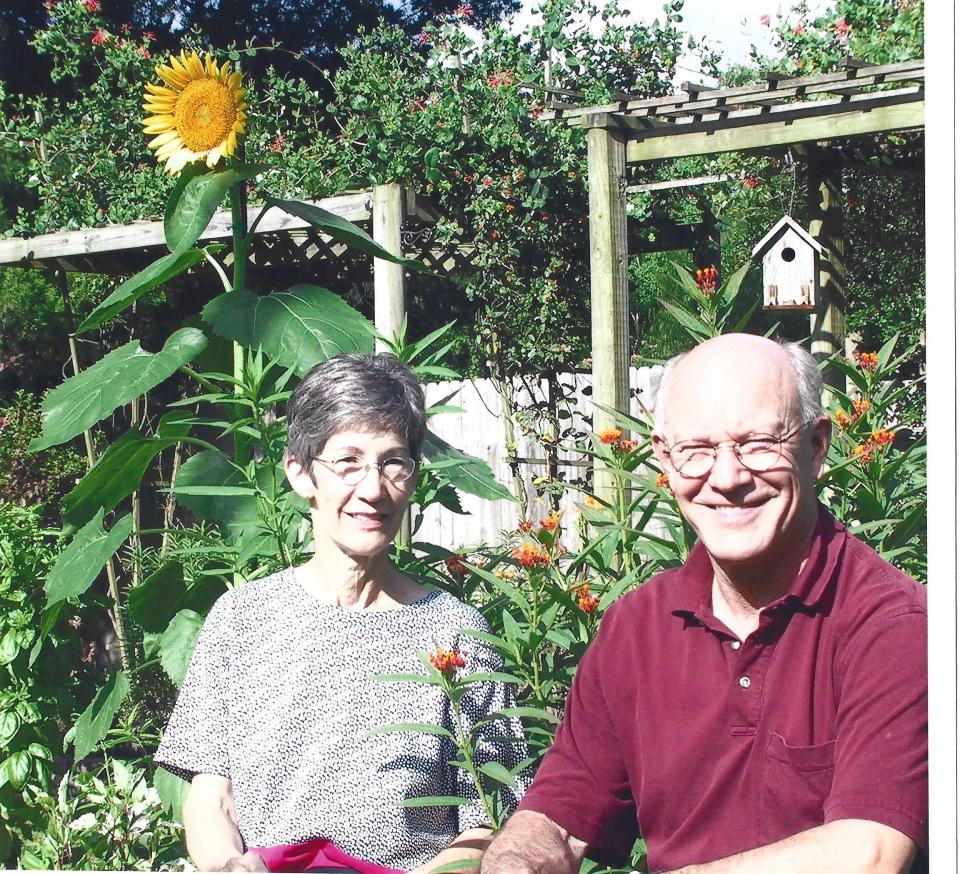
The Youngs are longtime participants in Project FeederWatch, a citizen-science program run by the Cornell Lab of Ornithology. The project brings all kinds of people together. But especially for retirees with free time, people living with dementia or those with reduced mobility, it provides a sense of purpose and connection to the outside world.
Sign-ups are open now through the end of the 2023–24 FeederWatch season, which begins Nov. 1 and runs through April 30.
Search for a bird species
Use the search tool below to learn more about backyard birds recorded in Project FeederWatch’s data. Type the name of a bird species and see where it's most commonly sighted.
If you do not see a search box here, you can look up a bird species by viewing this page at usatoday.com.
Treasure trove of bird data
FeederWatch is a data-driven project that relies on the public to observe and record the types and numbers of birds they see near them. These citizen scientists help researchers monitor trends in bird populations and distributions, a task that has gained importance with the staggering loss of common birds across North America.
As a business analyst who pored over big data in Silicon Valley, David Moss was drawn to the data component of FeederWatch. He and his wife, Jane Moss, residents of Palo Alto, California, have “made a pilgrimage” to the Cornell Lab of Ornithology in Ithaca, New York, and have been dedicated participants of FeederWatch for nearly 20 years.
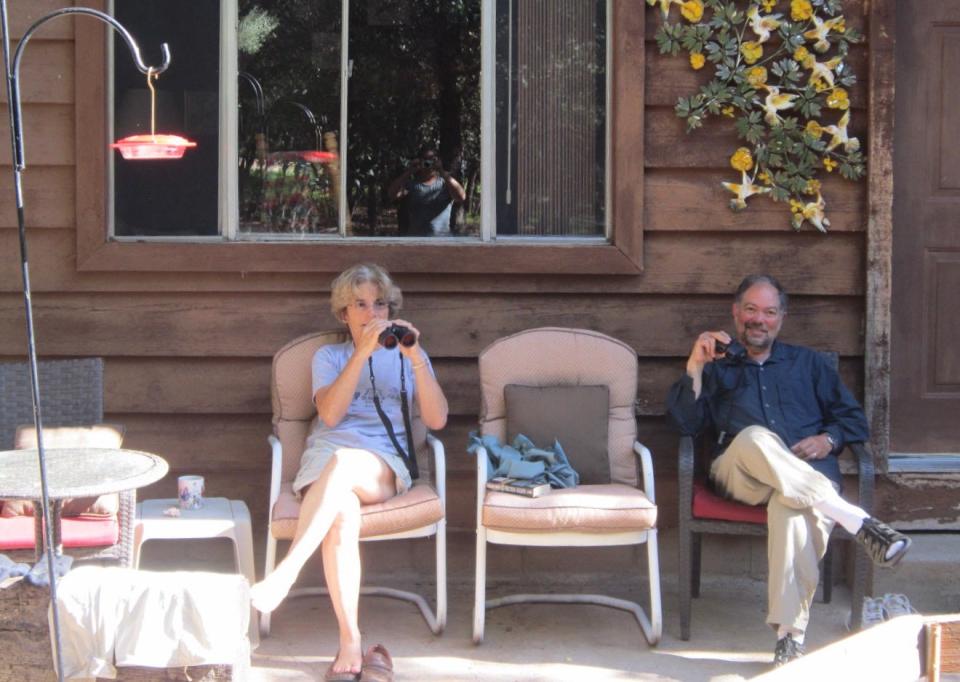
“I’m very happy to play my little, tiny role collecting my little, tiny piece of data to make these graphics so visible for school children and anybody to see,” David Moss said, referring to the Cornell Lab’s interactive, animated migration maps.
Jane Moss, trained in ecology and biology, was initially reluctant to feed birds due to her belief in the survival of the fittest. She caved in and now spreads bird seed on the ground before enjoying her morning coffee.
Birdwatching is an activity they both can enjoy, especially during their travels to locales ranging from Hawaii to Ireland. The two retirees complete each other's sentences, sometimes talking over one another, and together, they are the yin and yang of birdwatchers.
“He has a hearing impediment, and I have a visual impediment,” she said. “So, between his eyes and my ears, we’re a good team.”
A multigenerational family affair
For many FeederWatch participants, observing and recording the birds seen in their backyards is a family event and multigenerational activity.
Sharon and Jeff Gustin, residents of Maryland, have participated in FeederWatch since the 1980s. Both of their fathers were big nature lovers, so they instilled a love for wildlife and the outdoors in their own children.
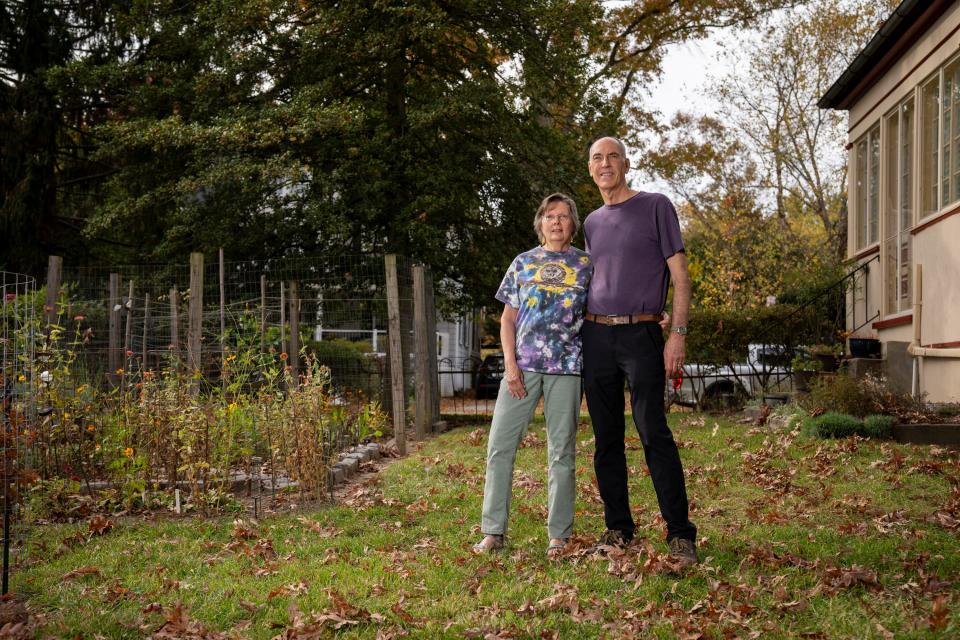
“We did this with our kids and then our grandkids,” Sharon Gustin said. “Our son was working at the University of Georgia, and one day he was walking across campus and found himself saying, ‘There’s a chickadee, there’s a cardinal, there's a tufted titmouse. How do I know all these birds? Oh yeah, Project FeederWatch!’”
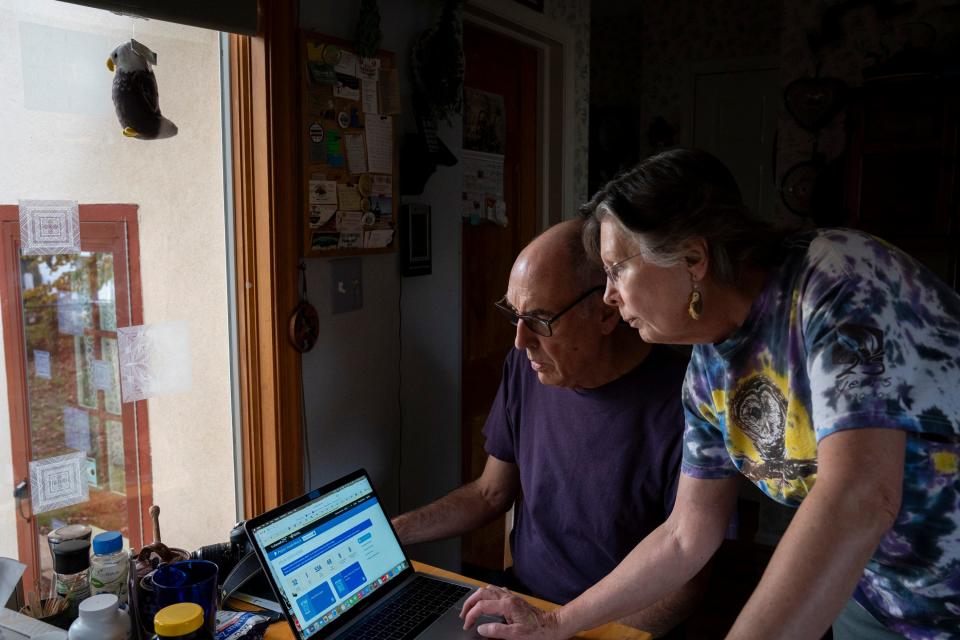
One of the Gustins’ grandsons, now 13, used to love entering and submitting the bird counts online as his grandmother read out the names and numbers. Even their 5-year-old grandson is starting to identify birds and likes inventing his own names for them, such as “penguin bird” instead of chickadee.
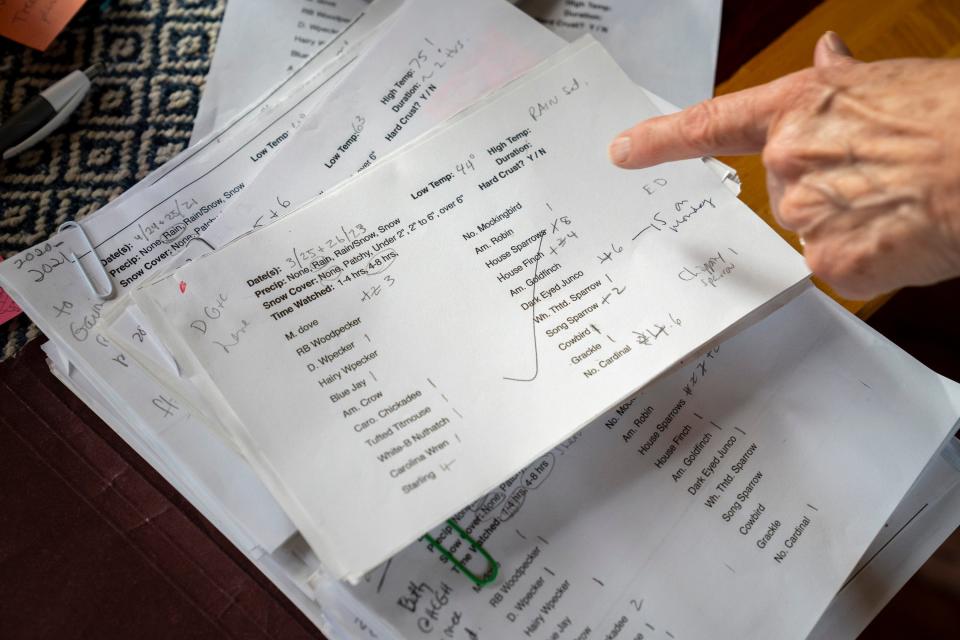
Now retired, the Gustins look forward to FeederWatch each year; it’s written on their calendar every Saturday from November to April. Jeff Gustin, a former software engineer who designed radars for fighter planes, helicopters and submarines, said he appreciated FeederWatch even more when he was still working because it helped him decompress after intense days on the job.
“It changed my frame of mind and helped my mental health,” he said. “Watching birds instead of computer code.”
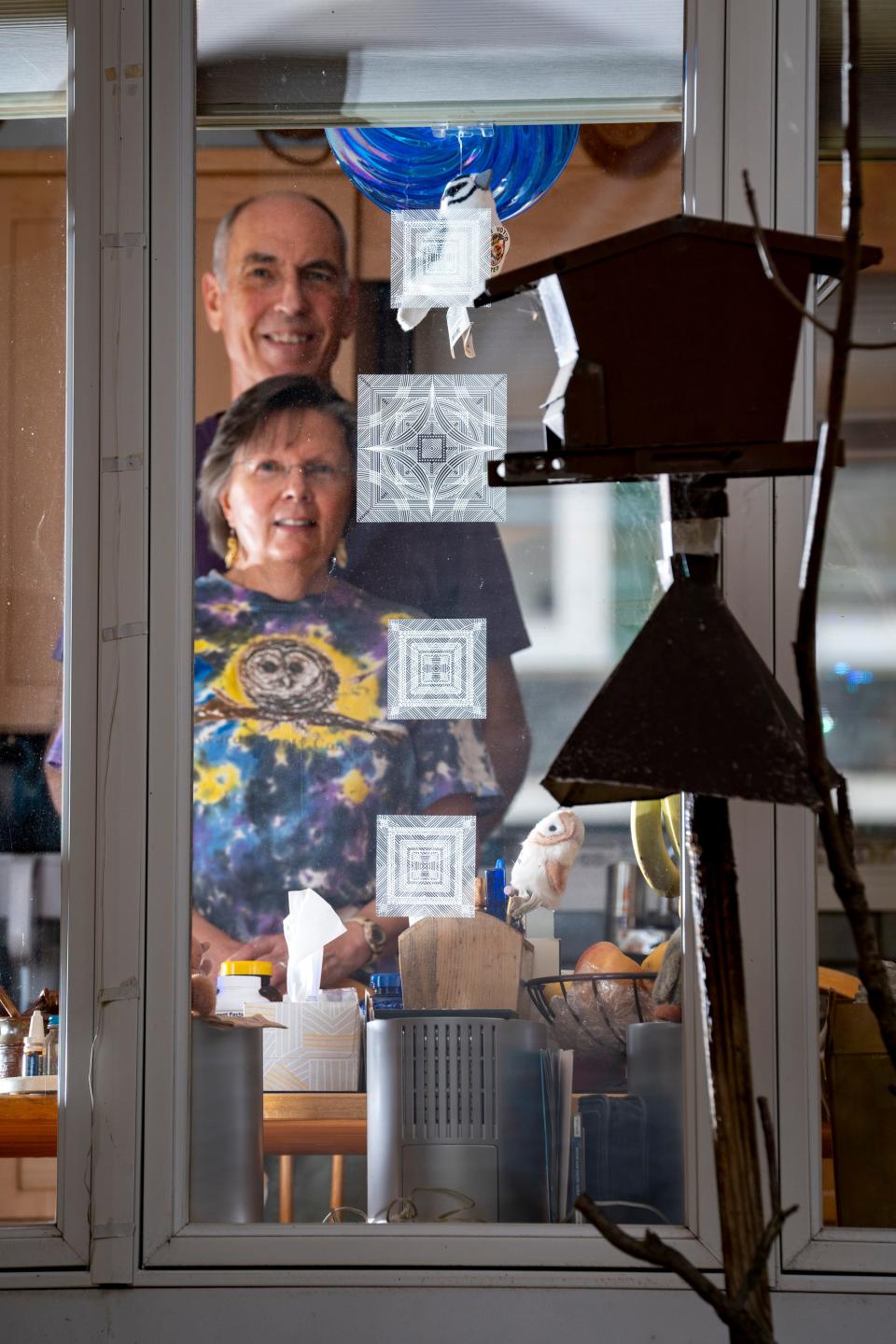
Sharon Gustin, who worked as a nurse at a pediatric outpatient clinic, said the weekends were always a time to relax, shift gears, focus on family time – and contribute to FeederWatch. She’s now a yoga instructor and volunteers at a local conservancy where she leads field trips for preschoolers through high schoolers.
“I think it’s super important to teach our children respect for nature and what they can do to try to preserve what we have and prevent it from getting any worse than it is,” she said.
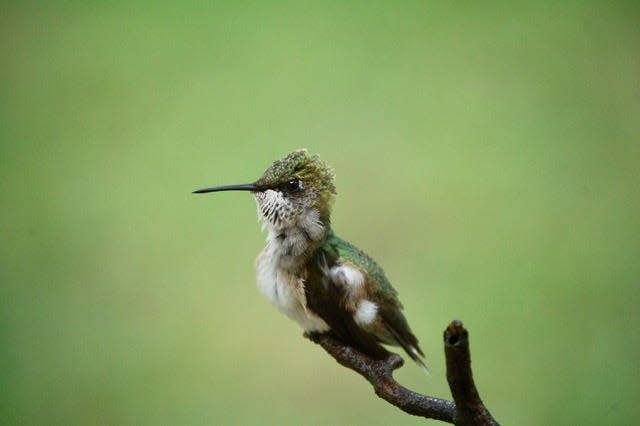
Mind-boosting benefits of birdwatching
Medical treatments and doctor appointments keep Lauren Young busy 17 years after her stroke. She’s able to walk and talk, but she now has epilepsy and a stubborn lung infection after being on a ventilator for a long time.
“It could be a lot worse,” she said. “I’m so thankful for what I have.”
If she can’t quite recall a bird’s name even if she recognizes it, her husband, Sherman, helps her. They look up birds together in their field guide.
For those with memory disorders and cognitive deficits, FeederWatch can help maintain brain health and keep the mind active. That’s been the experience of Jacki Brewster, activities director for Sentry Hill at York Harbor, a retirement and assisted living facility in Maine. Brewster said she’s seen the positive impact the project has had on the residents’ self-esteem.
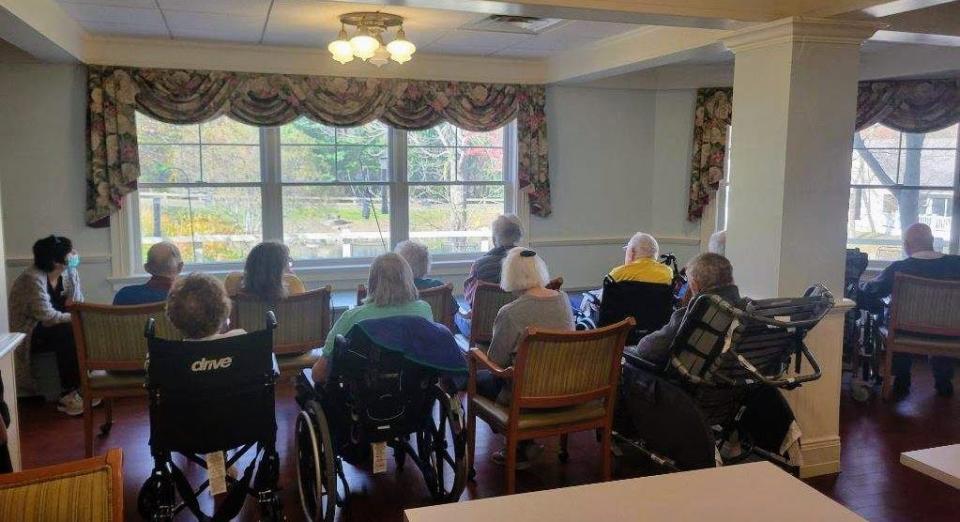
“There’s no other program that has been like it for me in being able to engage residents,” Brewster said. “I am so excited when I can get residents and staff doing something that is fun for both of them.”
Residents and staff of Sentry Hill birdwatch from the facility’s dementia unit on the first floor because the dining room there has the best view overlooking the pond. This provides an opportunity for those with dementia to socialize, connect and recall memories about birds with other residents who don’t live in memory care. One resident who lives in assisted living comes to visit his wife in memory care, and FeederWatch offers a nice way for the couple to spend time together.
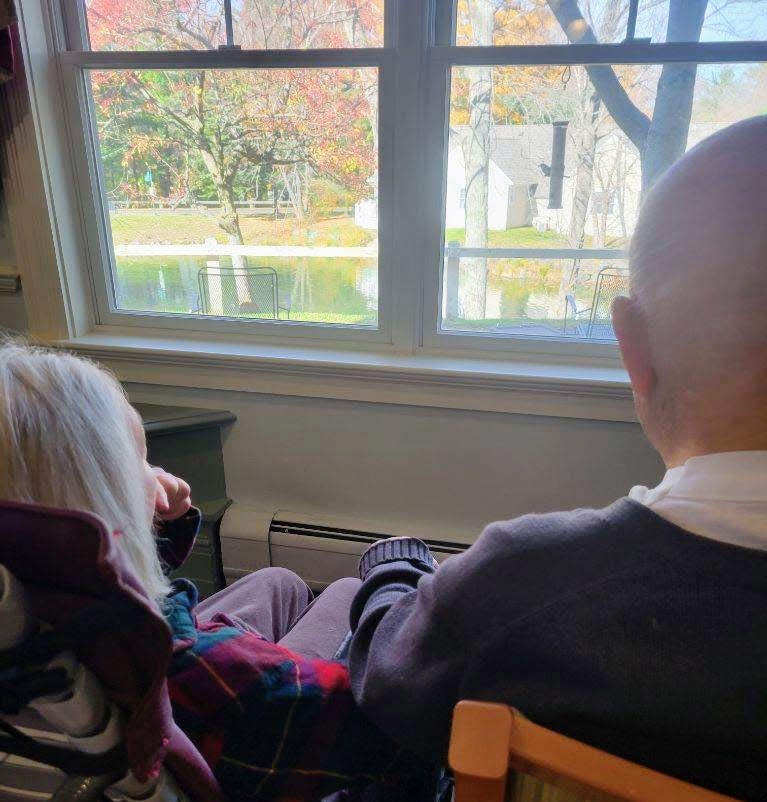
Some residents can proudly identify more birds than the staff, Brewster said.
“People tend to have this idea that, ‘Oh, they have dementia, they're no longer useful to society. They can’t tell you anything. They don’t know what they're talking about,’” Brewster said. “That's not true. That's not true at all. Sometimes they know more than we do because of their past histories.
“It’s really awesome for them. They get to feel like the adults that they are.”
This article originally appeared on USA TODAY: Joy in data: Birdwatching retirees, seniors help Project FeederWatch

